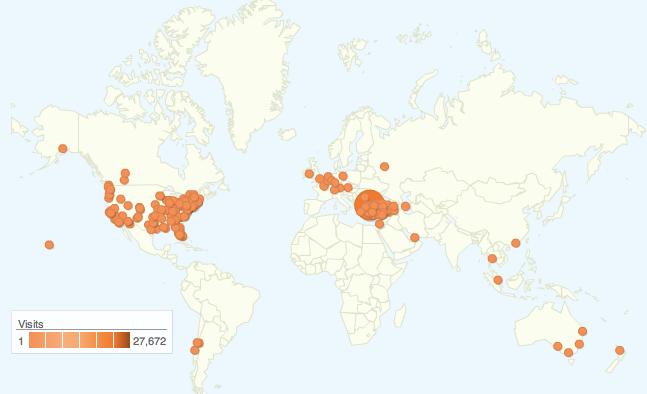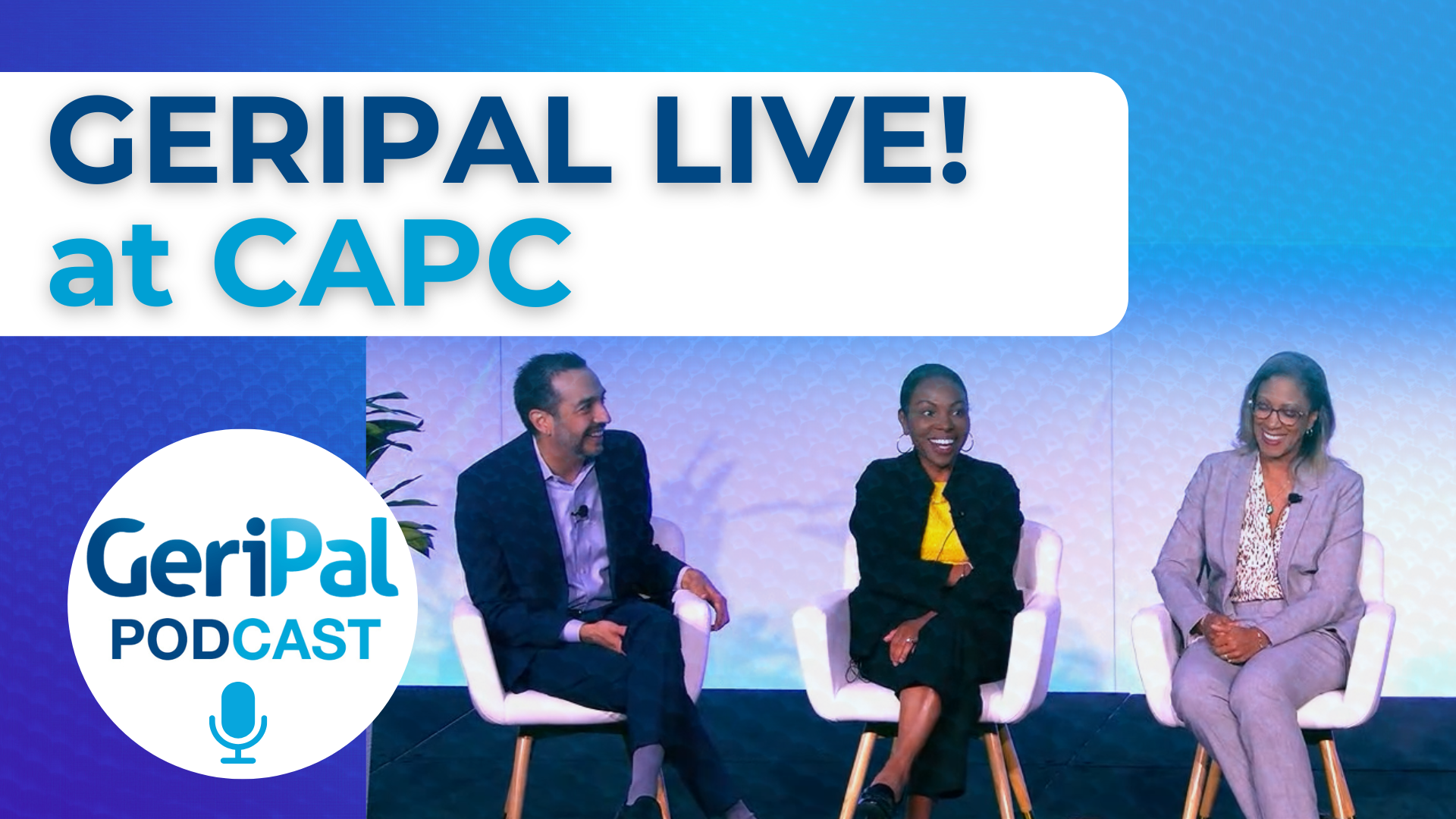

Eprognosisis barely a week old, and we’ve already had over 500,000 pageviews (150,000 unique visitors). For perspective, GeriPalis about 3 years old, and in that time we’ve had 400,000 pageviews. We’ve had loads of press, including 6 stories in the New York Times about prognosis and eprognosis (Stories by Paula Span here, here, here, here, and here. Story by Pauline Chen in today’s paper here. For a more complete list of media stories, see the eprognosis “About” page here. Unexpectedly, about a quarter of our hits have come from Turkey, due to thisnews story.)
All this attention prompted my six year old son to say, wistfully, “I remember before daddy was famous” — as if our lives have changed dramatically, and the paparazzi are chasing us down!
But seriously…what does all this mean?
The central objectives of our scholarly work on this topic were to: (1) promote consideration of prognosis in clinical decision making for older adults – because it leads to better clinical decisions and most older adults want to know; (2) promote patient-physician discussionof prognosis (3) evaluate the qualityof prognostic tools for clinicians; and (4) make these tools availableto clinicians.
Something happened along the way. Eprognosis was designed for clinicians, and yet before we launched, we decided to allow the public access to the site. We’ve been thoughtfully criticized for this decision. The matriarch of my family, who is nearly 100 and enrolled in hospice, cautioned (via email!) that “numbers don’t tell the whole story.” She and othershave expressed concern that clinicians and the public may get the impression from eprognosisthat a calculator can somehow solve the complexities of prognosis, and skip over the delicate work of prognosis communication. See also this thoughtful postfrom Carol Levine, who wrote:
The primary reason that patients are referred to hospice so late is
not that doctors don’t know the patient is dying but that they are
reluctant to discuss the option. For now, my suggestion is that ePrognosis is best used with a
warning: “Do not try this at home. If you do and experience severe
anxiety or contemplate drastic life changes, consult your physician
right away.”
We were deeply ambivalent about the decision to allow non-clinicians access to the site. On the one hand, we worried that the average lay person doesn’t have the medical sophistication to gauge the applicability of an index to their clinical situation, much less correctly input the variables and interpretthe statistical results. On the other hand, culture change around these discussions is not likely to occur if we focus solely on motivating clinicians to talk with patients about prognosis. We believed that we’d have far greater potential for promoting a national (or international) conversation about this topic if we opened the site to patients and caregivers, encouraging them to discuss the information with their clinician.
What do you think? Should we have opened eprognosisup to the general public? Should we require clinicians to log-in and provide evidence of their clinical credentials to access the site (if this is possible)? Or should we push forward, helping lay users access and interpret the information, activating patients and caregivers to have informed discussions with their clinicians?
by: Alex Smith



